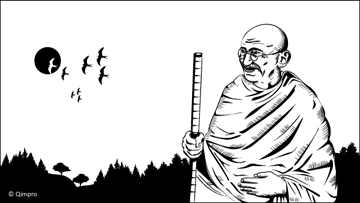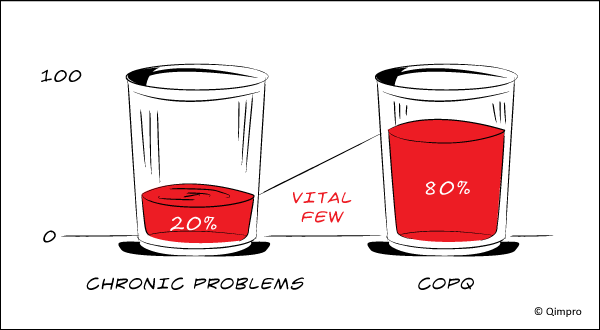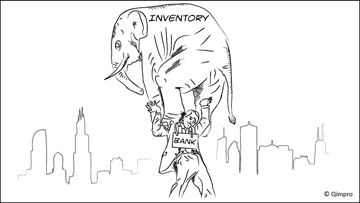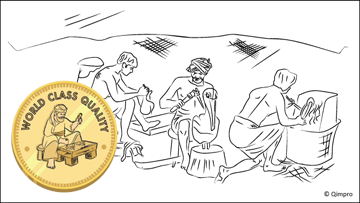Japanese Dipsticks: How to Measure an Organization’s Quality Culture?
The Japanese assess an organization’s Quality Culture using a few dipsticks: They walk through your plant and make note of the visible inventory: incoming; in-process; finished goods They visit the workers toilets and make note of housekeeping practices They study the safety practices institutionalized in …






